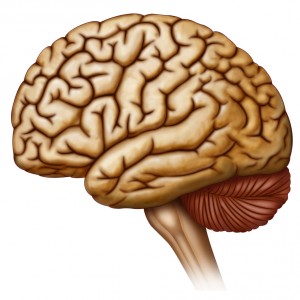“Genetic Toolkit” Used to Study Cerebellum in Ataxias

 At Baylor College of Medicine in Houston, Texas, researchers are developing a genetic toolkit to help study ataxia. Marife Arancillo, PhD, was awarded a Post-Doc Fellowship Award for her work in “Neural Mechanisms of Cerebellar Function in Ataxia.”
At Baylor College of Medicine in Houston, Texas, researchers are developing a genetic toolkit to help study ataxia. Marife Arancillo, PhD, was awarded a Post-Doc Fellowship Award for her work in “Neural Mechanisms of Cerebellar Function in Ataxia.”
As part of this work, Dr. Arancillo is focusing on the cerebellum, which is the part of the brain responsible for coordination and mobility. Individuals with ataxia often have obstructed movements and difficulty walking or eating as a result of their debilitating brain disease. These troubles completing daily activities are due to defects in the cerebellum, but the range of defects is wide within ataxias.
Ataxia in general cannot be attributed to one specific cause. Either too much or too little cerebellar activity can cause ataxia. “This problem has remained unsolved because the actual neural signals that trigger ataxia have not been identified,” stated Dr. Arancillo.
Dr. Arancillo will use the genetic toolkit developed in the lab to selectively block or enhance neural signals in the cerebellum of mice. This will enable the research team to see how signals travel along the circuitry of the brain and how defects of too much or too little signaling can lead to obstructed movements.
An advantage to using this genetic toolkit is the ability to track how remaining cerebellar signals disrupt movement. This is accomplished by recording brain signals “on-line” after interfering with signal communication and while mice are completing tasks — a significant technical advance in the field of ataxia research.
In mid-2014, Dr. Arancillo studied how “Cerebellar Zonal Patterning Relies on Purkinje Cell Neurotransmission,” and published the findings in The Journal of Neuroscience. In this work, Dr. Arancillo identified how cerebellar circuits are precisely patterned into zones and that blocking signal transduction by Purkinje cells, a class of neurons within the cerebellum, along these pathways leads to ataxia. “Our results suggest that Purkinje cell inhibitory neurotransmission establishes the functional circuitry of the cerebellum by patterning the molecular zones, fine-tuning afferent circuitry, and shaping neuronal activity,” wrote the authors.
“The experiments that I am proposing will deepen our knowledge of brain function in ataxia and provide new opportunities for developing effective therapies to treat the disease,” concluded Dr. Arancillo.






